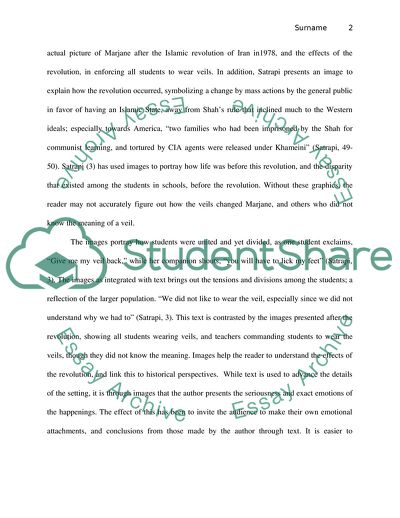Cite this document
(Text and Image Interactions in Hybrid Narratives Essay - 9, n.d.)
Text and Image Interactions in Hybrid Narratives Essay - 9. https://studentshare.org/literature/1768297-english
Text and Image Interactions in Hybrid Narratives Essay - 9. https://studentshare.org/literature/1768297-english
(Text and Image Interactions in Hybrid Narratives Essay - 9)
Text and Image Interactions in Hybrid Narratives Essay - 9. https://studentshare.org/literature/1768297-english.
Text and Image Interactions in Hybrid Narratives Essay - 9. https://studentshare.org/literature/1768297-english.
“Text and Image Interactions in Hybrid Narratives Essay - 9”. https://studentshare.org/literature/1768297-english.


